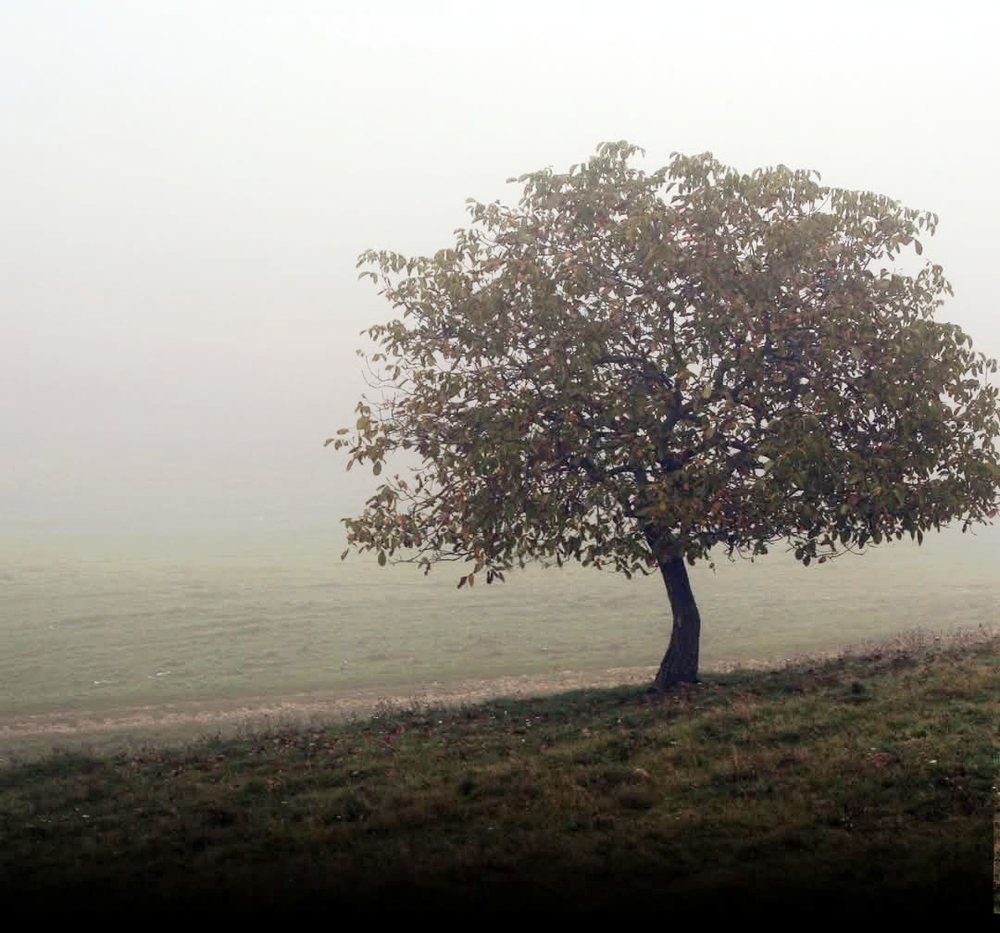
In fact, trees are nature's most powerful allies in the fight against climate change. Through photosynthesis, they absorb carbon dioxide from the air, store it in the form of sugars that fuel growth, and release oxygen into the atmosphere.
A single mature tree can absorb up to half a ton of carbon dioxide each year, and as a whole, United States forests offset about 16% of the country's greenhouse gas emissions.
As the largest terrestrial carbon reservoir on Earth, forests are essential for stabilizing the climate – yet their role is under threat. Rising temperatures, insect outbreaks, droughts and increasingly destructive fires risk turning these ecosystems into grasslands, which capture far less carbon.
However, there is hope. A recent study by the USDA Forest Service found that by increasing reforestation efforts, the United States could plant over 1.2 billion trees per year.
Doing so could capture up to 28 million tons of carbon dioxide each year—the equivalent of powering more than three million homes. The National Forest Foundation (NFF) is leading the effort to meet this challenge by planting millions of trees in national forests. By restoring forests, reforestation programs not only sequester carbon, but also protect waterways, wildlife habitat, and the health of future generations.






















